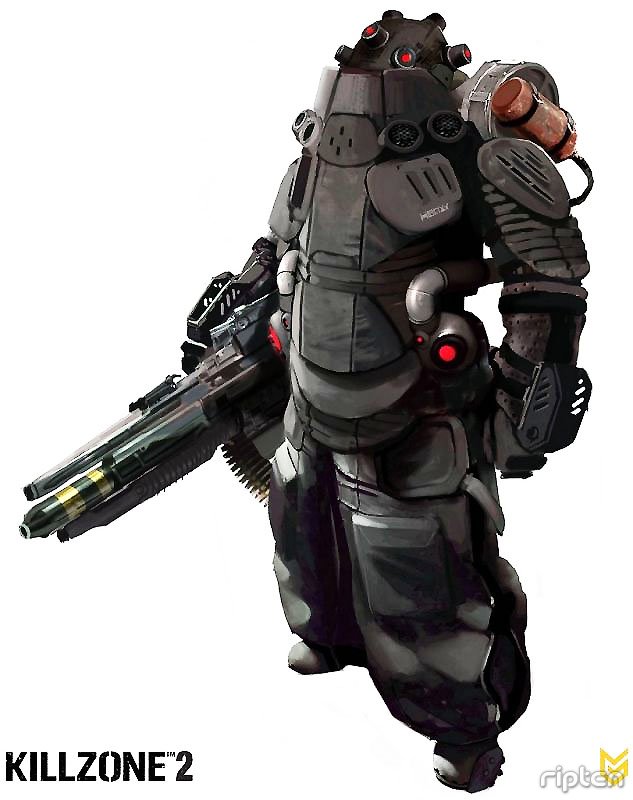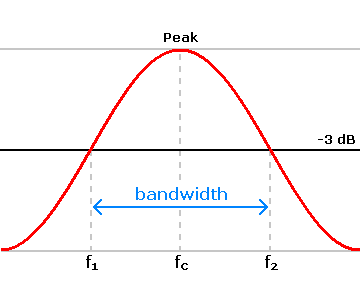Did it? Well yes actually, it did. You name the genre and you're pretty much guaranteed that the first game of that genre was available on the Spectrum (or maybe ZX81). And here's a few examples to prove my point.
Let's start with the biggy, probably the greatest breakthrough in gaming this century (or maybe the end of the last one). I'm talking about
GTA3 of course, what everyone thought was revolutionary.

That is, apart from me. I thought I was having a bout of terminal deja-vu when I saw it, and was nostalghically transported back to the mid 80's, when I was playing the classic
Turbo Esprit:-

Next,
Wolfenstein is held up as the start of the FPS genre. Frankly, I was hoping it was the end as I was already bored of FPS'ing.

The start for me was
3D Monster Maze, almost 15 years (count'em!) earlier:-

Detractors will say "It didn't have any shooting in it!". I reply "Well, that's pretty revolutionary in itself!".
Just like Wolfenstein,
Dune II is held up as the first of the RTS genres. (I've no idea what happened to Dune I).

But RTS's had been around for years already - if you owned a Spectrum (and probably most of the other popular 8-bit machines). However,
Stonkers came out on the Spectrum first, and for that reason we can gloat.

And before you ask, yes, it does have resource collecting!
Last but not least is genre that never quite goes away, it's the top-down dungeon crawling game. I could have included a picture of Diablo here, but let's be fair and show
Gauntlet, what many people claim to be the first (apart from those who claim it was
The Dandy).

Of course, both of those people are wrong. The first game was
Maziacs, and it came out on the Spectrum first (as if you needed to ask).

So if you're a games programmer working for a large megacorporation with a massive marketing budget but precious few original ideas, why not plunder a few from the Speccy back-catologue and claim them as your own?
If you can think of any more, please let me know and I'll do a "part 2" or something.













































 Todays effort is an FPS by the name of
Todays effort is an FPS by the name of